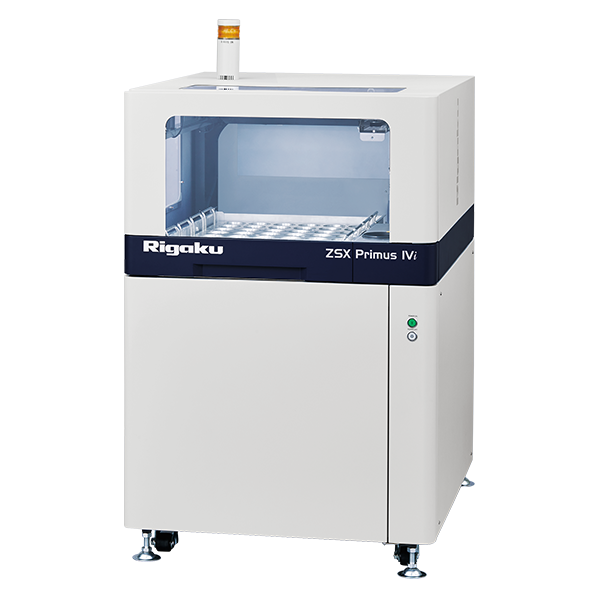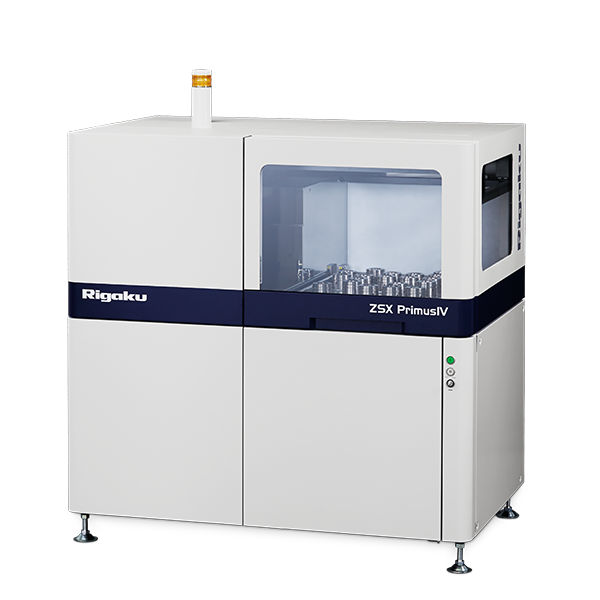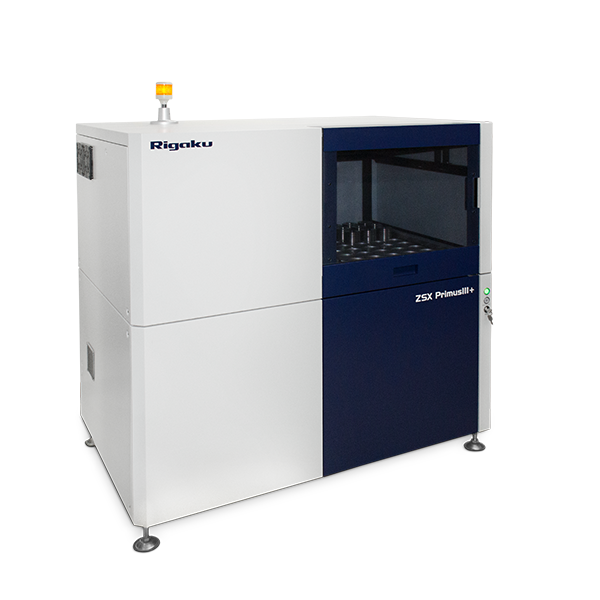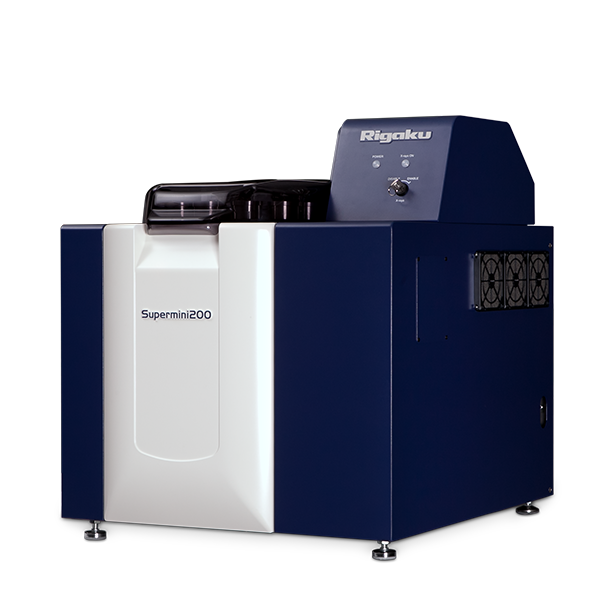Tube-below sequential wavelength dispersive X-ray fluorescence spectrometer
Sequential wavelength dispersive X-ray fluorescence spectrometer for uncompromised X-ray analysis of liquids, alloys, and plated metals.
Vacuum (partition) system for analyzing liquids
Since the spectrometer chamber is always under vacuum, switching from a vacuum to a helium atmosphere takes less than two minutes. Additionally, helium gas consumption is significantly reduced compared to models that require purging of the chamber.
Improved throughput
Improved mechanics reduce the analysis dead time. For instance, the time for a 16-element sequential quantitative measurement has been reduced from 348 seconds to 287 seconds, increasing efficiency by 18%.
D-MCA high-speed analysis
The Digital Multi-Channel Analyzer (D-MCA) system enables high-speed digital processing, handling high count rates for better analytical precision and faster throughput.
Optical system not easily impacted by sample surface height variations
An uneven sample surface can cause variations in the distance between the sample and the X-ray tube. These differences can cause changes in the X-ray intensity. Rigaku optical systems help minimize X-ray intensity changes caused by distance variations.
This ensures accurate analysis by reducing the effects of shape variations from fusion molds used in glass bead formulation and the impact of uneven sample surfaces during powder sample pressing.
Point/mapping analysis with sequential wavelength dispersive X-ray fluorescence spectrometer
Equipped with a high-resolution camera, that system lets users zoom in on small features for precise identification and analysis. It ensures accurate results by eliminating differences in sensitivity caused by measurement placement. The superior design uses the tube’s hot-spot to maximize intensity and sensitivity.
Refined SQX analysis with sequential wavelength dispersive X-ray fluorescence spectrometer
SQX is standardless FP analysis software that calculates accurate elemental composition, now easier to use than ever.
Automated center wire cleaning mechanism
The center wire of the F-PC detector gradually becomes contaminated by the proportional counter quench gas, reducing resolution. The center wire cleaning mechanism restores performance by removing center wire contamination through electrical heating, without the need to shut off the power source or to open the cabinet.




